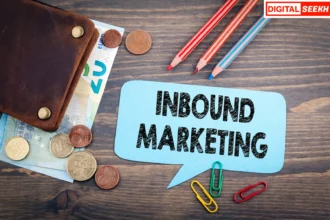Email marketing is a powerful tool that allows businesses to reach their customers directly and effectively. One key aspect of successful email marketing is having a well-organized mailing list. A mailing list is a collection of email addresses that you use to send your promotional emails. In this blog post, we will discuss the importance of organizing your mailing lists and provide some tips on how to do it effectively.
Why is organizing your mailing lists important?
Organizing your mailing lists is crucial for several reasons:
- Targeted marketing: By organizing your mailing lists, you can segment your audience based on specific criteria such as demographics, interests, or purchasing behavior. This allows you to send targeted and personalized emails, increasing the chances of engagement and conversion.
- Improved deliverability: When your mailing lists are well-organized, you can easily manage bounced and unsubscribed emails. This helps maintain a clean and updated list, which in turn improves your email deliverability rates.
- Enhanced customer experience: By sending relevant content to the right people, you can provide a better customer experience. When subscribers receive emails that are tailored to their interests and needs, they are more likely to engage with your brand and convert into customers.
Tips for organizing your mailing lists
Now that we understand the importance of organizing your mailing lists, let’s explore some practical tips to help you get started:
1. Clean up your existing lists
Start by reviewing your current mailing lists and removing any invalid or outdated email addresses. This will ensure that your emails reach the intended recipients and improve your overall deliverability rates. Consider using an email verification service to identify and remove invalid addresses automatically.
2. Segment your audience
Segmenting your audience allows you to send targeted emails to specific groups of subscribers. Consider segmenting based on demographics, purchase history, engagement level, or any other relevant criteria. This will help you tailor your content and offers to each segment, increasing the effectiveness of your email campaigns.
3. Use a reliable email marketing platform
Invest in a reputable email marketing platform that offers robust list management features. Look for a platform that allows you to easily import and export contacts, create custom fields for additional data, and automate list management tasks. This will save you time and effort in organizing and maintaining your mailing lists.
4. Provide value and incentives to subscribers
Encourage subscribers to stay on your mailing list by providing them with valuable content and exclusive incentives. Offer discounts, free resources, or early access to new products or services. By providing value, you can reduce the likelihood of unsubscribes and keep your mailing lists engaged and active.
5. Regularly update and maintain your lists
Make it a habit to regularly update and maintain your mailing lists. Remove inactive subscribers, update contact information, and monitor email engagement metrics. This will help keep your lists clean, up-to-date, and relevant.
6. Comply with data protection regulations
Ensure that you comply with data protection regulations, such as the General Data Protection Regulation (GDPR) if applicable to your business. Obtain proper consent from subscribers, provide clear opt-out options, and handle personal data securely. This will build trust with your subscribers and protect their privacy.
Conclusion
Organizing your mailing lists is essential for successful email marketing. By segmenting your audience, cleaning up your lists, and providing value to subscribers, you can improve the effectiveness of your email campaigns and enhance the overall customer experience. Remember to regularly update and maintain your lists and comply with data protection regulations to ensure a positive and trustworthy relationship with your subscribers. Happy organizing!




